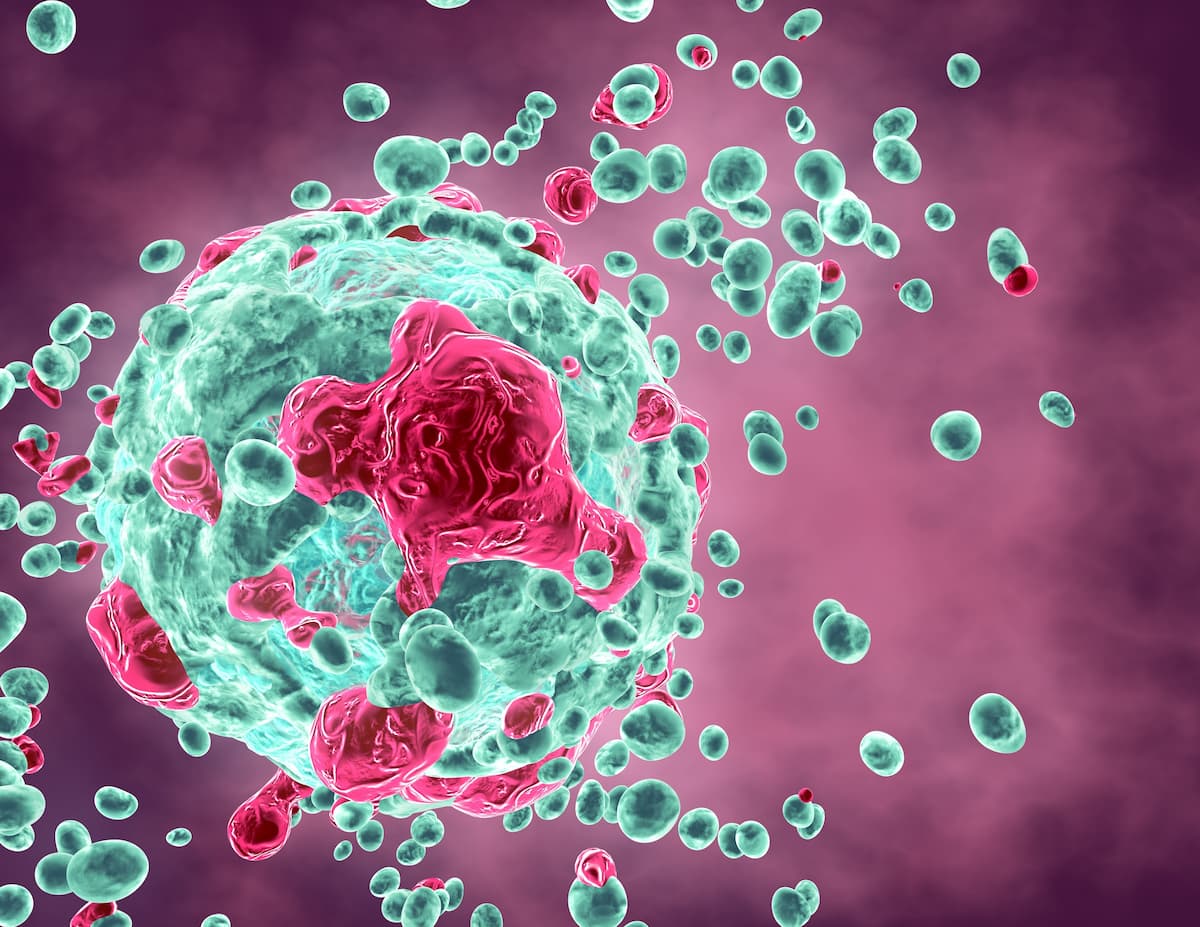Radiation Use Correlates With Higher Retention Rates in Clinical Trials
Investigators of a cohort study report that the withdrawal rate from clinical trials in oncology appear to be higher among Hispanic patients and across placebo-controlled trials, but lower in trials with radiation use as part of therapy.
"Factors associated with withdrawal of consent should be considered when designing trials and should be further studied to learn how they can be favorably modified," according to the authors of a study published in JAMA Oncology.

Consent withdrawal rate across 58 clinical trials was less than 10% overall—an observation that remained consistent over time—and the use of radiation was notably associated with greater patient retention, according to findings from a cohort study published in JAMA Oncology.
A total of 1060 patients (9%) withdrew consent from their respective clinical trials within 2 years of enrollment; withdrawal of consent usually occurred early in follow-up. When broken down by enrollment year, the withdrawal rates were 5.7% among those enrolled in 2013, 7.6% in 2014, 8.5% in 2015, 7.8% in 2016, 8.4% in 2017, 9.5% in 2018, and 9.8% in 2019.
Additionally, 645 patients (5%) withdrew consent by 6 months, and 116 patients (0.9%) withdrew prior to the trial intervention.
According to univariable analysis, Hispanic patients were more likely to withdraw consent than their non-Hispanic counterparts (odds ratio [OR], 1.55; 95% CI, 1.21-1.98; P <.001). Other factors associated with higher rates of withdrawal were more recent enrollment on a trial (OR, 1.07; 95% CI, 1.03-1.11; P <.001) and randomization with placebo (OR, 1.81; 95% CI, 1.58-2.07; P <.001). Conversely, the use of radiation as part of the therapeutic intervention was associated with higher rates of retention (OR, 0.57; 95% CI, 0.47-0.70; P <.001).
Most of these associations also occurred after multivariable analysis. Hispanic ethnicity (OR, 1.67; 95% CI, 1.30-2.15; P <.001) and randomization with placebo (OR, 1.64; 95% CI, 1.38-1.94; P <.001) remained associated with higher withdrawal rates, and the use of radiation continued to be associated with higher retention rates (OR, 0.68; 95% CI, 0.54-0.86; P = .001). Moreover, patients older than 75 years of age were more likely to withdraw consent than their younger counterparts (OR, 1.39; 95% CI, 1.12-1.72; P = .003). The association between recent enrollment and more frequent withdrawal did not recur in multivariable analysis (OR, 1.02; 95% CI, 0.97-1.06; P = .47).
“The 9% of patients who withdrew consent from their respective clinical trials at 2 years is by no means trivial,” the investigators wrote. “An important message from this work is that, across the board and at the very least, educational efforts geared toward patients and study personnel on the topic of withdrawal of consent should be deployed to improve retention rates.”
These findings derive from a multisite observational cohort study conducted through the Alliance for Clinical Trials in Oncology, a part of the National Clinical Trials Network of the National Cancer Institute. Investigators assessed 11,993 patients across 58 clinical trials. The median follow-up time was 33.6 months.
The median age at enrollment in this population was 62 years, and 61% of patients were under 65 years of age. Most patients were female (67%). The majority of patients were also non-Hispanic (89%) and White (82%); Black/African American patients constituted 9% of the population, and 3% were Asian.
Most of the assessed trials were phase 2 (52%), and the majority had a randomized trial design (78%). Most patients enrolled on a trial in 2019 (27%), 2018 (21%), and 2015 (15%). In contrast, 2% and 8% of patients were enrolled in 2013 and 2014, respectively.
The study’s primary end point was the likelihood of withdrawal both within 2 years of enrollment and at 6 months post-enrollment. According to the investigators, they chose these time points to reflect both short- and long-term follow-up when key events are often reported.
“The earlier the withdrawal of consent, the more influence it would have on the trial outcomes,” they wrote.
Among the limitations noted by investigators were a lack of granularity regarding the causes of withdrawal, which could be corrected with direct explanations from patients as to the reasons for withdrawal. Geographic differences, and the practices of each individual institution, may have affected withdrawal rates in a manner these analyses couldn’t capture.
“Factors associated with withdrawal of consent should be considered when designing trials and should be further studied to learn how they can be favorably modified,” the investigators concluded.
Reference
Hillman SL, Jatoi A, Strand CA, Perlmutter J, George S, Mandrekar SJ. Rates of and factors associated with patient withdrawal of consent in cancer clinical trials. JAMA Oncol. Published online June 22, 2023. doi:10.1001/jamaoncol.2023.1648
How Supportive Care Methods Can Improve Oncology Outcomes
Experts discussed supportive care and why it should be integrated into standard oncology care.